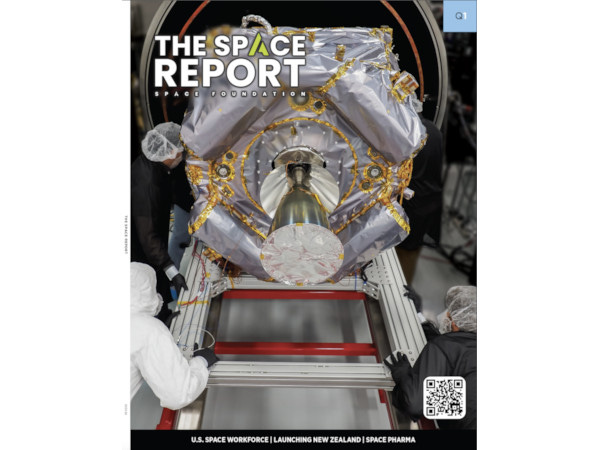Skilled Labor In Demand in Space Economy: Report
The Space Report 2025 Q1 Highlights Space Force Budget Concerns, Highlights Space Pharmaceuticals Investments
The Space Report 2025 Q1, which shows space sector employment growth outpacing U.S. private sector growth, has been released by The Space Foundation. In the last decade, overall private sector employment increased 14.3%, while space sector employment increased 27%. Five-year growth for the industry has been even more significant, with employment increas…
Keep reading with a 7-day free trial
Subscribe to The Journal of Space Commerce to keep reading this post and get 7 days of free access to the full post archives.



